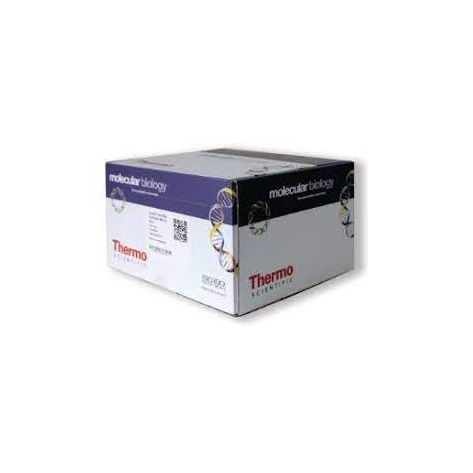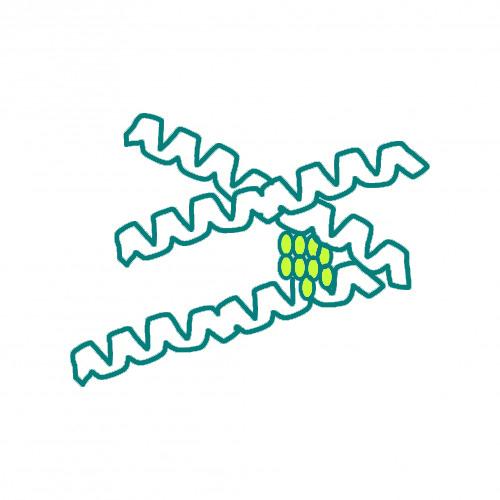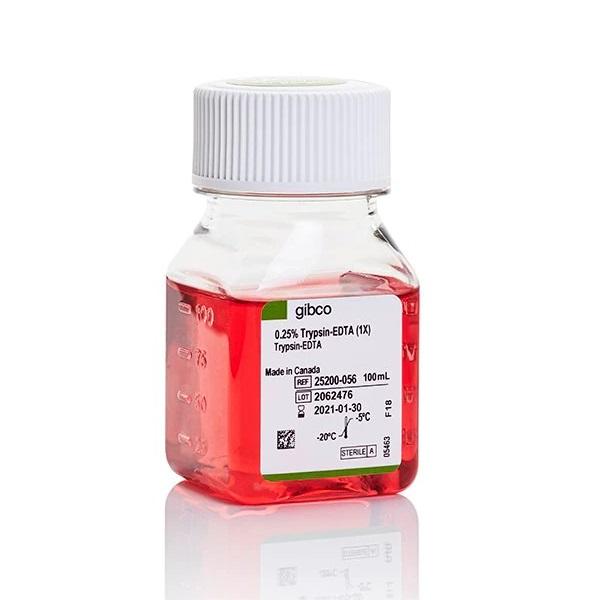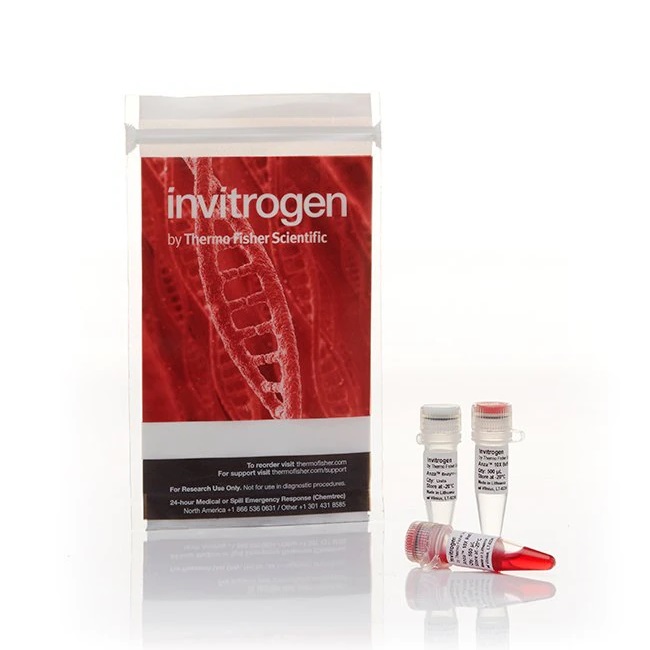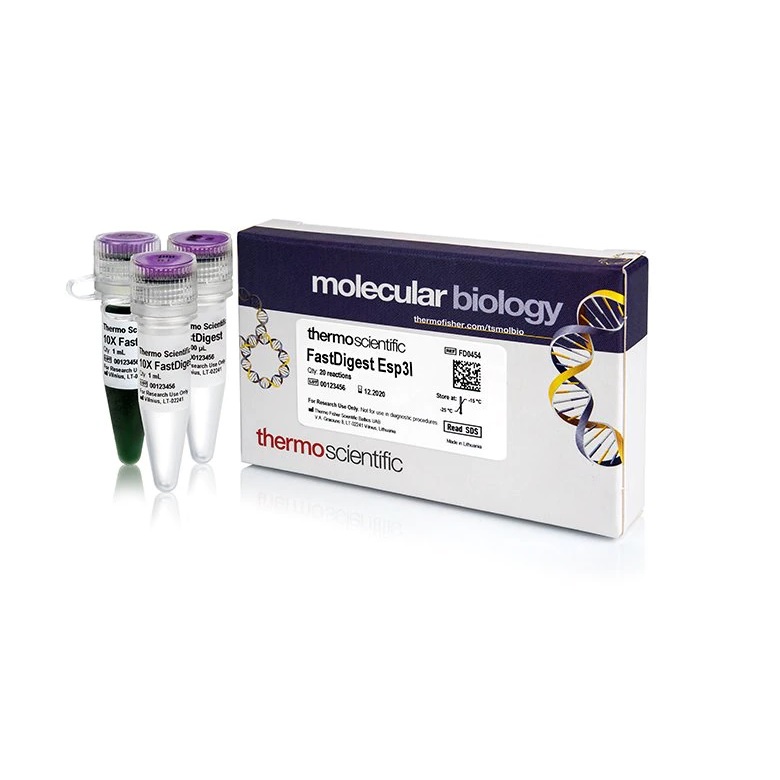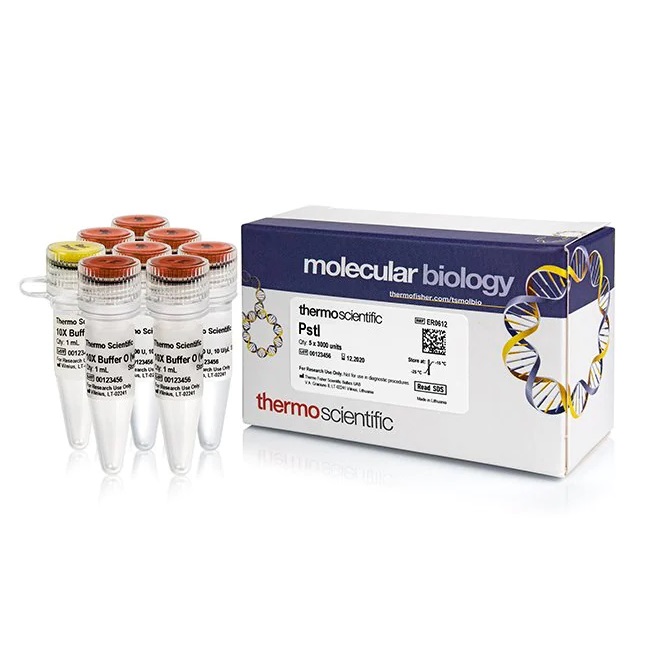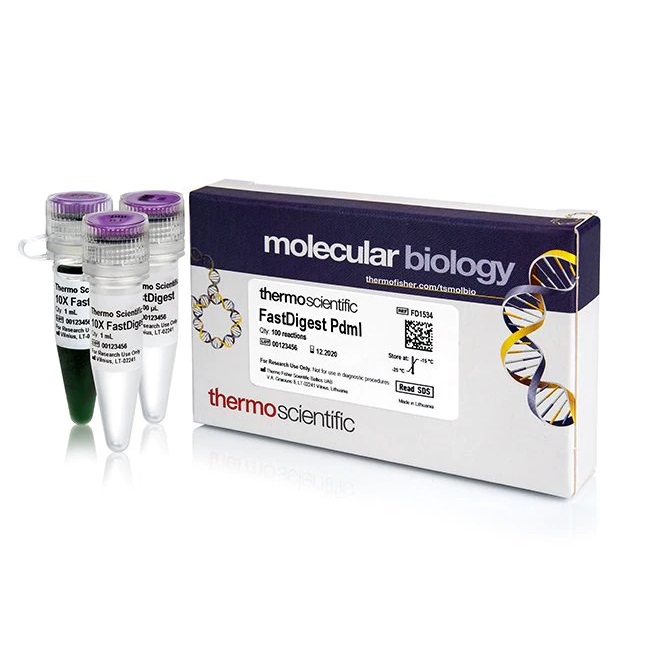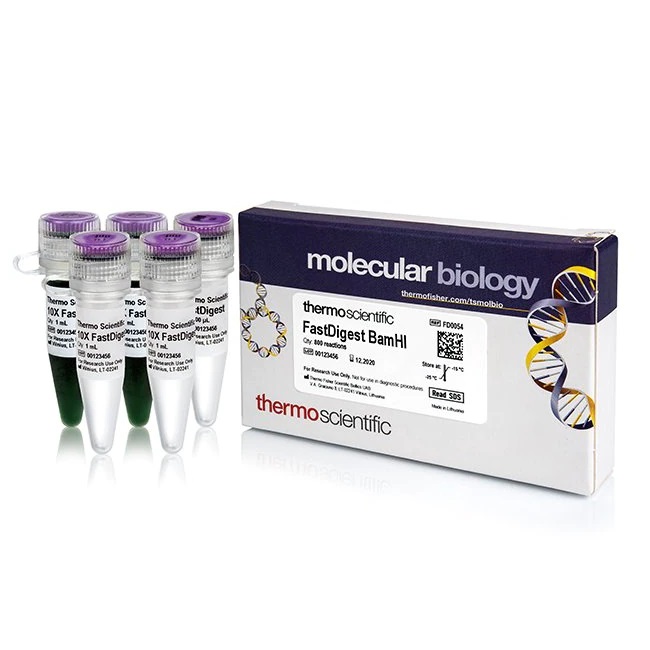Thermo Scientific™ Staphylococcus aureus V-8 Protease
On demandThermo Scientific™ Staphylococcus aureus V-8 Protease
Thermo Scientific Staphylococcus aureus V-8 Protease also known as endoproteinase Glu-C, has two pH optima, one at pH 4.0 and the other at pH 7.8, and is specific for cleavage at the carboxy terminus of glutamic acid and aspartic acid residues. The protease is specific only for glutamic digestion in buffers which do not contain phosphate at either pH optimum. Phosphate buffers at pH 7.8 will facilitate digestion at both glutamic and aspartic acid residues.
S. aureus V-8 protease protease is very stable, being able to retain its activity even in 6 M urea, 5.5 M guanidine·HCl, 0.5% SDS, or 0.5% SDS + 6 M urea at 0°C, pH 7.6. This is related to the fact that the native structure of the protease is stabilized mainly by electrostatic interactions, and not by hydrogen bonding and β-structures.
There are two major problems with any proteolytic digestion. The first problem is that the reaction must be quenched to stop the digestion, thus diluting out the sample. The second problem is that the sample is contaminated with the protease and possibly autodigested protease fragments. These problems are surmounted with immobilized V-8 protease. With immobilized proteases, no quenching is necessary and there are no problems with protease contamination of the sample or autodigestion of the protease. Simply separate the sample solution from the agarose matrix and these problems are eliminated.
Features
- Specificity—Specificity for glutamic acid is achieved in ammonium bicarbonate, pH 7.8 or ammonium acetate, pH 4
- Activity—Enzyme is active in the presence of many denaturing agents such as SDS, urea and guanidine-HCl
There are no specifications
There are no report
You May Also Like
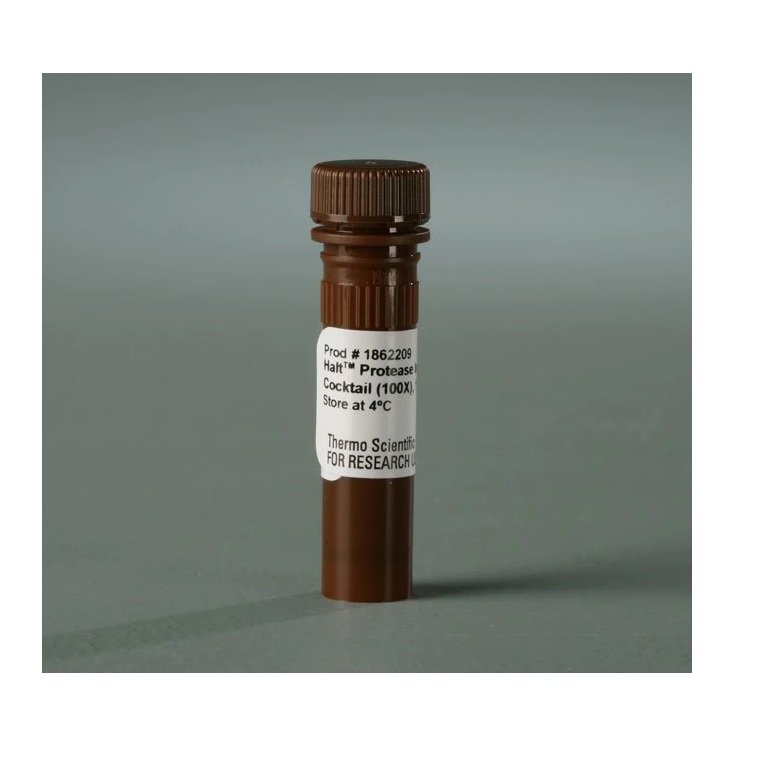
Thermo Scientific™ Halt™ Protease Inhibitor Cocktail, EDTA-Free (100X), 1 mL
$ On demand


